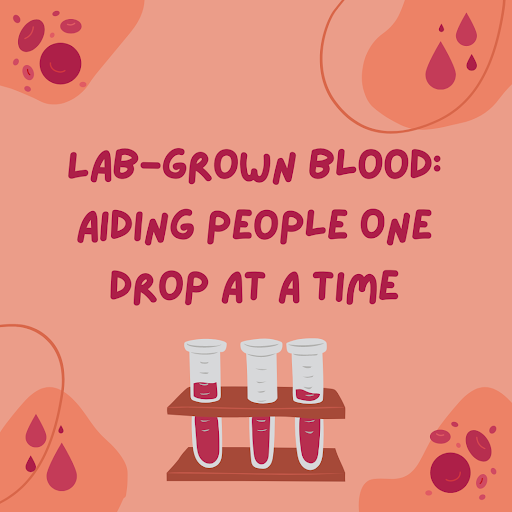Inside the Body of a Marathon Runner
By Vivienne Couris, C2ST Intern, DePaul University
The 2023 Boston Marathon recently concluded when thousands of highly trained runners crossed the finish line after a grueling 26.2 miles. Evans Chebet, the winning runner, completed the race in an impressive 2 hours, 5 minutes, and 54 seconds for an average pace of 4 minutes and 48 seconds per mile!
Extraordinary athletes like Chebet have trained their bodies to carry out several biological processes with incredible efficiency, allowing them to run a race most people wouldn’t even fathom running in their lifetimes. In this post, we’ll take a closer look into some of these amazing adaptations.




